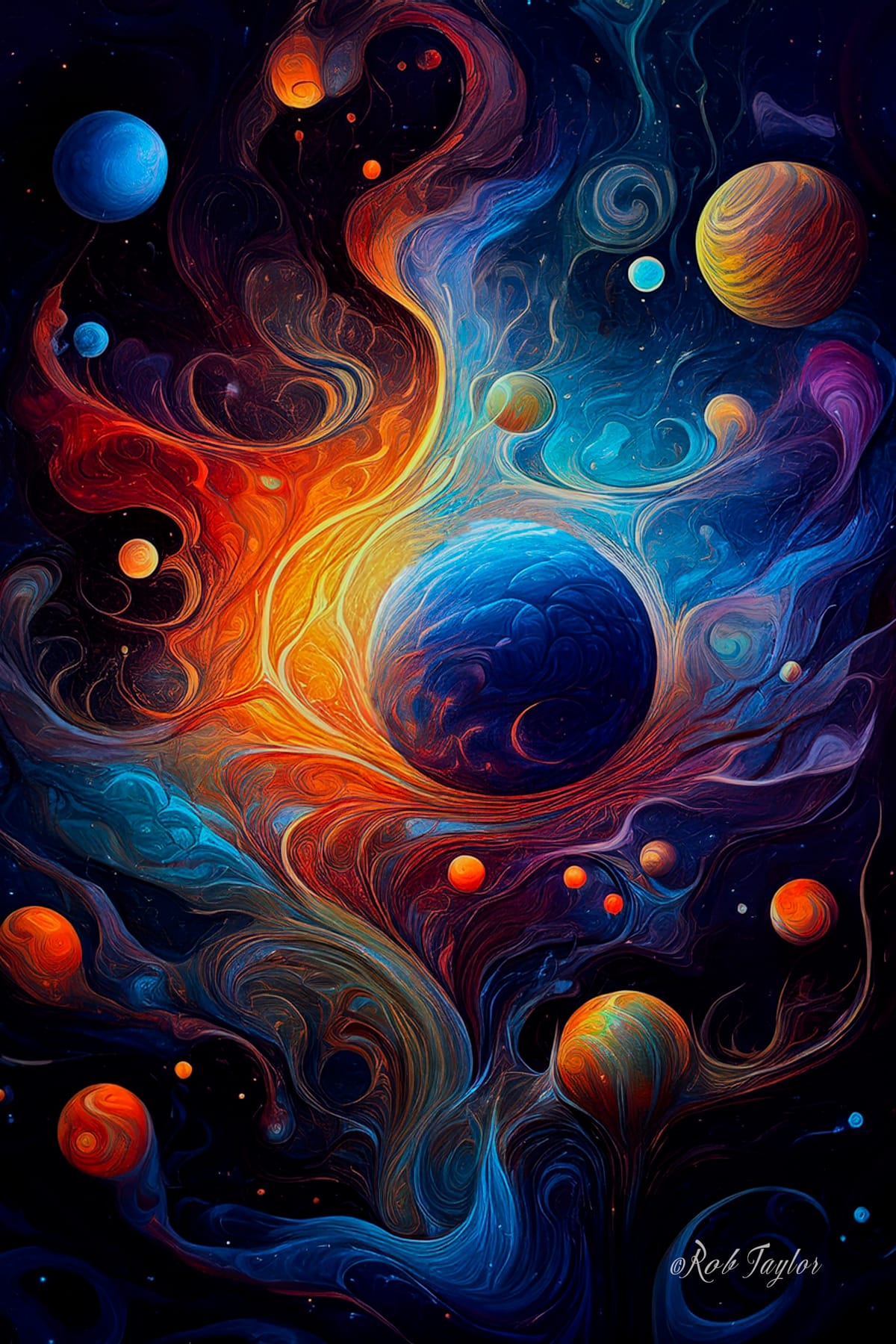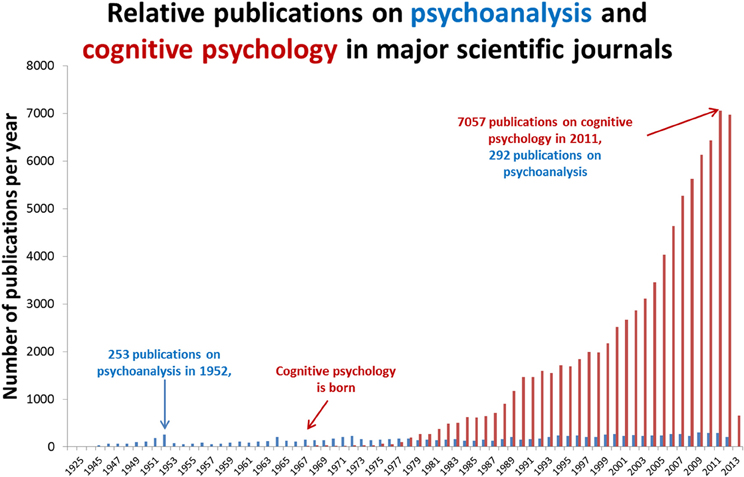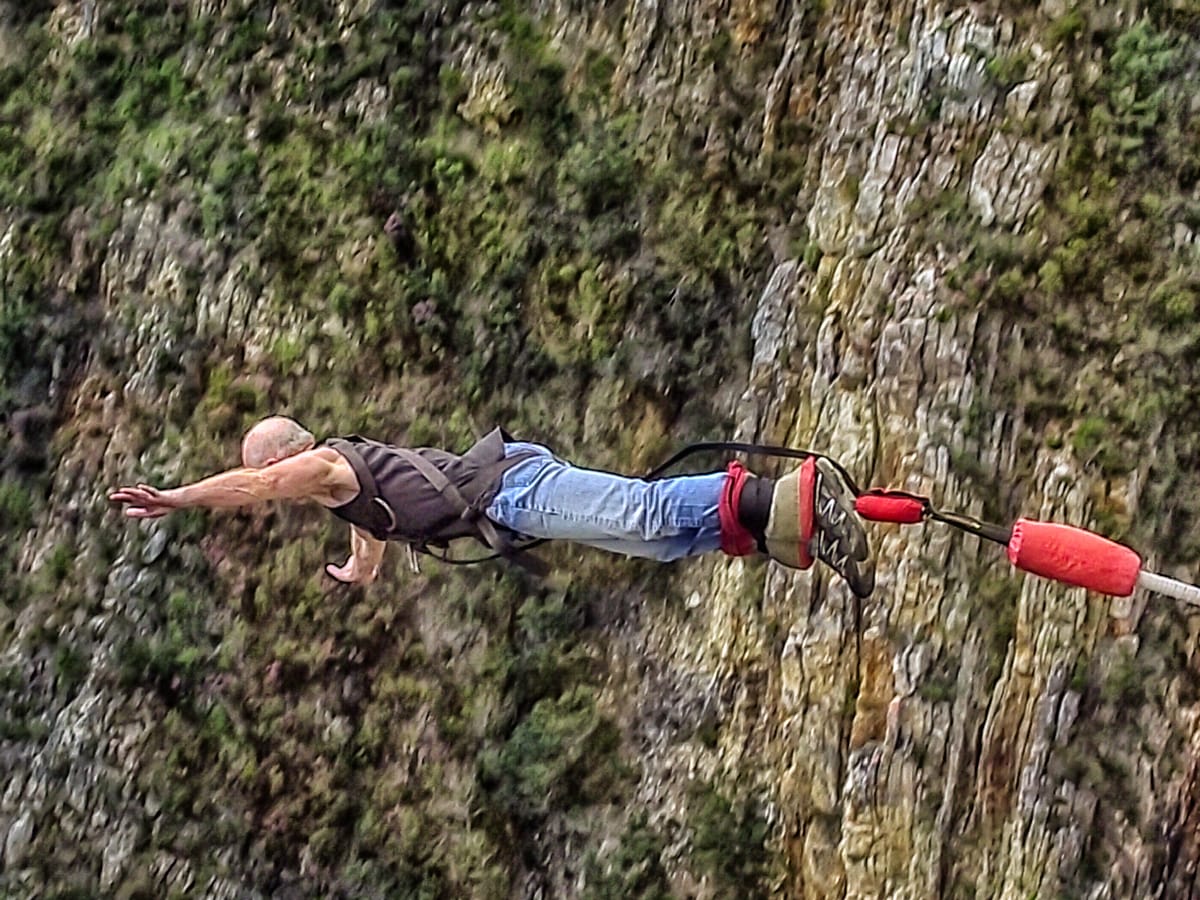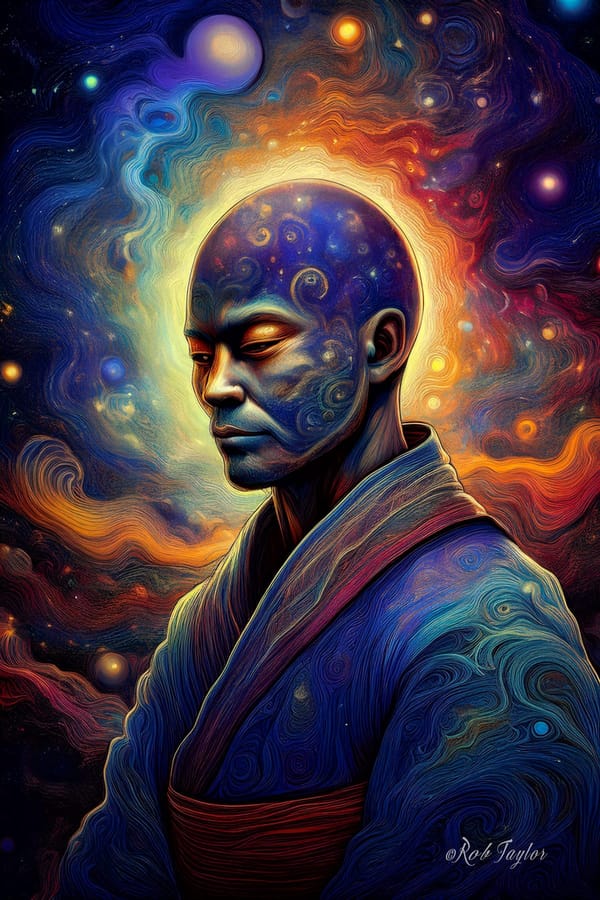Consciousness Beyond Altered States
Most human beings operate within the brain barrier construct, or the ego-bias dominated lesser consciousness. Researchers refer to this condition as our "default mode network" (DMN), identified by Raichle et al., in 2001. The DMN characterizes brain activity limited to self-referential reasoning and ego-bias appeasement. The DMN is a legitimate limitation of our capability to process sensory data beyond ego-bias conditioning. Exploration of the brain barrier framework compels critical thinking, objectivity, and methodical discipline.
Primary vs Secondary Consciousness
Contemporary neuroscience, with contributions from researchers like Robin Carhart-Harris, proposes that our cognitive inhibitions developed as adaptive processes and conceivably limit our capacity for broader states of consciousness. Carhart-Harris et al., also suggested, in an intriguing 2014 Frontiers in Human Neuroscience article, a theory of consciousness duality inferred from a psychedelic research study:
“This article proposes that a distinction can be made between two fundamentally different modes of cognition: primary and secondary consciousness. Primary consciousness is associated with unconstrained cognition and less ordered (higher-entropy) neurodynamics, whereas secondary consciousness is associated with constrained cognition and more ordered neurodynamics (i.e., that strikes an evolutionarily advantageous balance between order and disorder - that may or more not be perfectly ‘critical’).” [1]
Critical thinking analysis reveals several vital points about the relationship between brain states and consciousness experience:
- Brain-based limitations: The study is absent context of brain barrier restrictiveness related to expanded consciousness. Altered brain states are not de facto encounters with expanded consciousness. While psychedelics will alter neural activity and perception, these changes remain bound by the physical limitations of the brain and ego-bias consciousness.
- Temporary vs. permanent: Psychedelic experiences create temporary and some noteworthy changes in brain function rather than permanent expansions of consciousness. Actual consciousness expansion involves developmental changes that persist and progress over time.
Tuning vs. Upgrading Consciousness
Induced altered states are transient variances of brain function, like manually adjusting radio frequencies. Altered states consciousness present unique experiences, but these events are hampered by constraints of bias conditioning, or the radio dial. Conversely, consciousness expansion proposes a progressive evolution of perceptual capacity, analogous to replacing a radio with a Very Large Array (VLA) radio dish network to observe undiscovered frequencies.
The induced altered states eventually fade, leaving only memories. Alternately, consciousness expansion generates permanent outcomes that integrate into the practitioner's baseline state of awareness. Meaning, the extended consciousness capacities become part of normal functioning rather than ad hoc encounters.
Altered states are potentially intriguing but lack orderly progression. They're more like random channel changes than actual growth, except for the potential therapeutic benefits of psychedelic or micro-dosing treatments for PTSD, anxiety, depression. or other conditions.
Conclusions
The key distinction between altered states and consciousness expansion reveals in:
- Permanence versus temporality
- Integration versus fragmentation
- Development versus experience
- Transcendence versus modification
Frequently Asked Questions
How do altered states differ from consciousness expansion?
Altered states are induced brain function interrupters. Typical methods for inducing altered brain activity are some breathing methods; holotropic, transformational, and the Wim Hof method. Hallucinogens are also common, such as LSD, psilocybin, and ayahuasca.
Expanded consciousness does not require manipulation of brain function, nor is expanded consciousness consequential to brain altering methods. Inner work and consciousness meditation are essential elements of consciousness expansion.
What is the brain barrier in consciousness development?
The brain barrier represents how we are confined to our lesser consciousness by ego-bias conditioning. Inner work lays the preparation for the demise of our ego-bias framework and disintegration of the brain barrier.
Related articles



Feel free to ask questions privately: contact me















